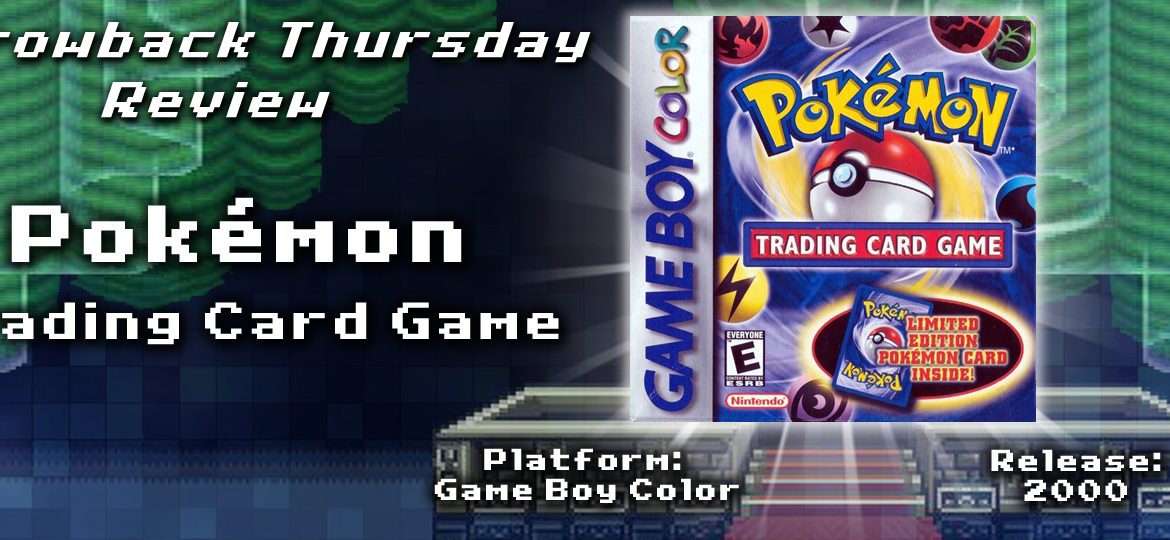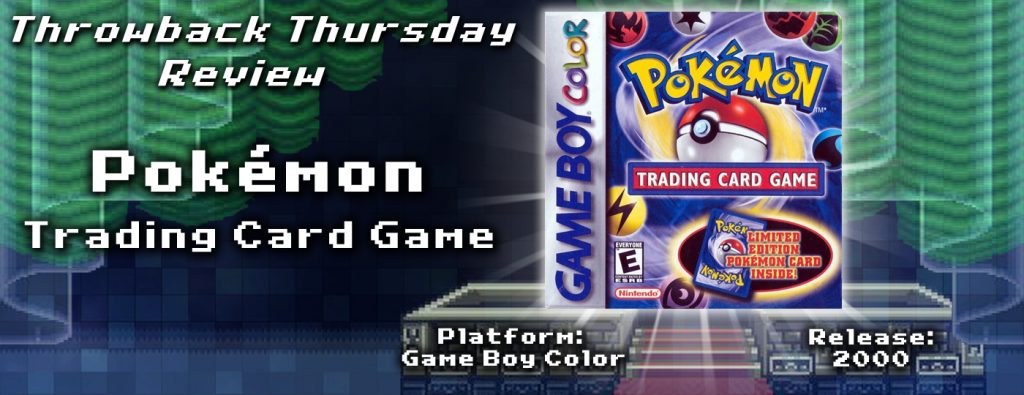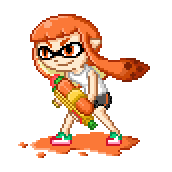This article was originally published on Gamnesia.com
It was later published on my personal website, thelostmd.com
By early 2000, the Pokémon craze was just about over. The first games released in North America and Europe had played out their popularity; the second games were coming out soon, to be enjoyed by those who bothered staying with the series after the fad died; one theatrical film had released and another was on the way; and the anime was getting into unwatchable territory. So when the Pokémon Trading Card Game for Game Boy Color released outside of Japan, it was mostly overlooked. That’s a bit of a shame, too, because the little-known pocket card game was quite the hidden gem.
As most kids who were part of the fad in the late 90’s remember, just about nobody knew how to play the Pokémon card game, but everyone seemed to have at least one card. People in my neck of the woods prized the abundant Japanese cards even above the holofoil ones, and people were disappointed when the movie theaters ran out of those special shiny Mew cards that were given away with tickets to Mewtwo Strikes Back.
What the Pokémon TCG for Game Boy Color did was provide those of us with no money or will to collect the real cards a chance to get in on that action, and an easy way to learn how to actually play the game. The biggest feature of the title, by far, was that it had completely digitized the first three sets of actual cards for you to collect and play with, complete with full-color images and accurate text and stats. It was a chance for some to collect the cards and have a fun new game for $25 instead of spending hundreds on booster packs and card cases.
The game starts off with you taking the role of Mark, a kid eerily similar to Red who was out to collect the legendary Pokémon cards by defeating the eight Club Masters, allowing him to face the four Grand Masters. If Mark succeeds, he’ll inherit the four Legendary Cards. The plot is very simple and straight-forward, allowing you to focus more on the gameplay itself. The basic goal of a battle is to win all of your ‘prizes’—cards you set down at the start of the match face-down. You win a prize every time you defeat one of your opponent’s Pokémon, and when you’ve picked up all of your prizes, you’ve won the match. The characters who inhabit the various Clubs all have their own personality, playing styles, and custom card decks, so to progress you need to learn the finer points of deck management. Defeating characters earns you booster packs, which you can then spread out into different decks.
You can build your own deck so long as you abide by the 60-card limit, or if you aren’t that into heavy customization, you can earn the ability to create pre-determined decks by defeating Club Masters. Each one follows a certain elemental type, so like in the main Pokémon series, you can choose to use the simply strategy of using elemental weaknesses to beat the game, or you can use your own strategy and customization. You are completely free to make this seemingly simple game as deep and complex as you’d like it, making this appealing for people like myself who’d rather not spend hours and hours developing custom decks, and those who’d like to get completely OCD about it and build the best deck they can to wipe everyone out.
Unlike the main Pokémon series, you can battle with NPCs over and over again to earn various booster packs. The game features 226 unique cards, pulled from the first three real-life sets released, as well as offering a handful of game-specific cards. One such card, a special Meowth, came with the game when it released. The game is also one of few that takes advantage of the Game Boy Color’s infrared port to transfer deck configurations to friends or use a special “Card Pop!” feature, which will spawn one of two special cards for each of you that is otherwise inaccessible. Sadly, this feature will only work with another player once, so those searching for people to Card Pop! with may have a hard time getting both special cards.
Alongside Card Pop!, the game features a full multiplayer mode. Using a link cable, you can use your custom decks to battle a friend. This can provide hours and hours of replayability, since you can always customize your decks and it always relies on your deck configuration, strategy, and skill. Each battle, even those with the NPCs, feels very rewarding as you discover your own strategies and ways to play the game.
The game also has an auto-save feature, something relatively unheard of for that time period in portable gaming. If you turn off the game mid-battle, you can choose to continue from your last turn taken or reload your save file. Some battles may take a long while and this feature means you won’t have to worry about the batteries dying or having to turn your Game Boy off for whatever reason. You can keep a card battle going with no worries.
While the battles may sometimes be long, at least the music is great. The general battle music and even the Club Master music is catchy and memorable, and easily stands up to being played for twenty minutes at a time. The music overall in the game isn’t hit and miss—it’s all good, but some tracks really stand out over others. The highlights of the soundtrack are the normal battle theme, and for whatever reason, the song the developers decided to use for the pause menu outside of battles. Whenever you press Start to save or configure your deck, you’re treated to a short but awesome little tune.
Overall, the Pokémon Trading Card Game for Game Boy Color is a bit of a hidden gem for the little portable system. It offers many hours of finely-tuned, card-based, rewarding gameplay set to a lovely soundtrack. The auto-save feature can come in very handy for those longer battles as well. The ‘play as you like’ game design and customization gives you the freedom to enjoy the game however you like regardless of your skill level, and the easy to understand rules of the game leave the title appealing to both the hardcore strategist who loves a challenge and the casual Pokémon enthusiast who just wanted to check the game out. Even if you’re not into Pokémon cards or card games in general, this is a fun game worth giving a chance.



